SEAN GALLAGHER

With the war in Afghanistan in the rearview mirror, US military planners are trying to pivot toward a very different set of challenges than fighting the Taliban. Competition with what Department of Defense officials have commonly called "near peers" presents a set of new challenges to a military that has been focused for the past two decades on counterinsurgencies and terrorism. The United States wants to maintain its ability to respond to nonstate, "asymmetric" adversaries while also figuring out how to fight countries that are America's technological equals.
Enlarge / Two examples of China's fifth-generation fighter, the Chengdu J-20, performing this year at the 13th China International Aviation and Aerospace Exhibition in Zhuhai, China.
China News Service / Getty Images
In the synopsis of the 2018 National Defense Strategy, DOD officials laid out the problems: an ascending China looking for "Indo-Pacific regional hegemony in the near term and displacement of the United States to achieve global preeminence in the future" and an ambitious Russia seeking "to shatter the North Atlantic Treaty Organization and change European and Middle East security and economic structures to its favor"—with both nations using information warfare and modernized conventional and nuclear forces to flex their muscles. This makes for a vastly different adversary than the kind the United States has been fighting for the last 20 years.
Responding to China's rapidly growing air and naval forces will require more than just better ships and aircraft, too; the People's Liberation Army (PLA) air force and navy are in many ways newer than their US counterparts and increasingly similar in capability. There's also the matter of the US being able to manage forces in an electromagnetically hostile environment—full of jamming, active countermeasures, and potential intrusion and disruption of military networks by other means. The Taliban didn't have the capability to engage in sophisticated electronic warfare against the US—but China and Russia absolutely do.
Enlarge / Russia's fifth-generation fighter, the Sukhoi SU-57, at the MAKS2021 International Aviation and Space Salon in Zhukovsky, Russia.
Marina Lystseva / TASS / Getty Images
To meet these challenges, the Department of Defense is aiming to make operations all "joint." That means tearing down the walls between the various US armed services' C4ISR systems (that unwieldy acronym stands for "Command, Control, Communications, Computers, Intelligence, Surveillance, and Reconnaissance"). The idea is to allow commanders in all branches of the military to have a galaxy-mind view of all levels of the battlefield—physical, electromagnetic, and "cyber effects." This creates a better "connected battlespace."
Specifically, the DOD would like to attain "Joint All-Domain Command and Control," or "JADC2" (which one pronounces "jad-see-two"). The vision for JADC2 is a distributed network for data sharing and targeting that links every friendly sensor in the battlefield with decision makers regarding what to shoot and where—whether it's network defense, a "cyber effect," or a weapon on a ship or an aircraft or a drone.
Into the wild blue yonder
In this piece, we'll talk a bit about the air combat implications and how the JADC2 vision works with the Air Force—primarily because the Air Force's Advanced Battlefield Management System is the most fully formed of the DOD's JADC2 efforts so far. Conceptually, ABMS is an "Internet of things" that fuses data from fighter aircraft, drones, air defense sensors, and other supporting systems into a single stream of info that (notionally, at least) speeds up decisions and actions. So far, ABMS is mostly a technology demonstration (though largely a successful one), with successful communications tests and exercises simulating a cruise missile attack and a Russian threat in the Black Sea. But in its fully realized form, ABMS would build upon capabilities that have already been demonstrated by existing command-and-control systems, allowing all Air Force-y things in a given combat area to act together as a decentralized sensor and weapons network. It's sort of like a cloud deployment, except that the cloud is made up of fighter jets and their systems.
Enlarge / A Russian naval ship launching a Kalibr high-precision ship-based land attack cruise missile as part of the Grom-2019 military exercise held in the Barents Sea and the Caspian Sea. This photograph is from October 2019.
TASS / Getty Images
The goal of this massive fusion of all command and control (and everything else) is to help counter the "anti-access / area denial" capabilities being developed by China and Russia. Those capabilities include hypersonic long-range carrier-killer weapons, the militarization of artificial islands in the South China Sea, and cyber warfare. Many of these capabilities are aimed squarely at preventing the US from using carrier groups and other means the DOD has long relied on to project America's military power far from home. In the world of JADC2, "air battles" or "sea battles" no longer exist—just one battle focused on very specific objectives, and forces would be deployed in a coordinated fashion to reach those objectives as one.
There are some JADC2 doubters. JADC2 and ABMS hinge on US forces being able to effectively communicate in an environment where the adversary makes doing so extremely challenging. As one Air Force officer noted in a paper published in June by the Air Force's Air University, the JADC2 concept would face huge challenges if China invaded Taiwan and the US was forced to respond. To be truly effective, the networks that JADC2 relies on will have to be resistant to detection and jamming but also have the smarts built in to squeeze massive amounts of sensor, intelligence, and command-and-control data into just what's needed to effectively make decisions and fight battles.
Enlarge / An aviator climbs aboard an EA-18G Growler, an electronic warfare aircraft based on the FA-18 Super Hornet. The Growler's job is to jam enemy radars, mess with their communications, suppress their air defenses, and launch radar-guided missiles at whatever it sees.
Smith Collection / Gado / Getty Images
"While high-level integration is a logical goal, JADC2 as a stand-alone is a technically infeasible solution in a China-Taiwan scenario given Chinese capabilities that are designed to degrade or deny US networks and systems of systems," wrote Capt. Esther Yoon. "[T]he most robust and durable communications systems will not withstand the sheer magnitude of kinetic and non-kinetic effects directed at them... and while the goal of linking various kill chain nodes seamlessly is sound, it should not be the end in itself."
Doubts have come from the top as well. Though there has been no change in policy on JADC2 as the administrations change, there have been budget cuts. Secretary of the Air Force Frank Kendall is looking at redirecting the program away from the open systems architecture the ABMS program has emphasized toward a focus "on specific operational return on investment," he told Defense News in an August interview.
Enlarge / The Army's canceled Ground Mobile Radio.
Another challenge: pulling off the vision of an "open" system like JADC2 in the world of military procurement, which tends to go astray when not purchasing specific products. Previous programs, like the JTRS radio family and the Distributed Ground System (and the F-35, for that matter) have ended up in the weeds because of service-specific needs, overspecification of standards, and constantly changing requirements. But focusing on point products instead of a fully unified system could end up making things worse if the process isn't properly managed.
Whatever form ABMS and JADC2 take, they will inevitably change how the Air Force (and DOD as a whole) plan and carry out air missions. To understand what that change might look like, let's look at what the Air Force has tried to do so far, both in technology and in doctrine.
“F-22 has joined the chat”
Just getting everything to talk to each other is a significant hurdle, which is why the Air Force's earliest tests related to ABMS were largely focused on getting systems speaking a common language based on the Unified Data Library, a cloud API for exchanging information across military and commercial systems. That means having some way for the proprietary networks associated with existing aircraft to communicate—the F-22 and F-35, for example, have not been able to share data directly other than through rudimentary data links.
Enlarge / An F-22 Raptor. Note the "sawtooth" edging and lack of right angles where body panels connect—right angles reflect radar waves back at their source, so if you want good stealth characteristics, you avoid them.
rancho_runner / Getty Images
The Air Force is working on an answer: turning KC-46 Pegasus tankers into ABMS "hotspots" with communications pods that allow F-35s and F-22s alike to link and receive much bigger data feeds from each other and every other node of the ABMS network. That includes ships and ground forces. In one ABMS "Onramp" test, aircraft were able to pass targeting information for a drone playing the role of a cruise missile to an Army M109 Paladin self-propelled gun, which fired a hypervelocity projectile and successfully shot down the drone. Air Force Assistant Secretary for Acquisition Will Roper gushed about the test at the time, telling reporters, "Tanks shooting down cruise missiles is awesome—video game, sci-fi awesome." (With all due respect to Roper, the Paladin is not a tank.)
Enlarge / A Boeing KC-46 Pegasus tanker at the 2019 Paris Air Show. Based on the 767 platform, the KC-46 has had a rocky development history.
Nikolai Novichkov / Getty Images
The mantra of JADC2 and ABMS seems to be "any sensor, any shooter." In this schema, a radar on an F-35 could be used to pass targeting data to a self-propelled gun (or even, yes, a tank)—or an Aegis radar system on a Navy destroyer could do the same for an F-22, or a land-based air defense battery, or an Air Force "loyal wingman" combat drone (or to that tank again). This would erase the system-enforced barriers between air, land, and sea operations and allow a military commander to fire a shot at anything they can see with any weapon available.
But as with everything in the military, just having that capability doesn't matter without a doctrine. (And a whole mess of Powerpoint presentations, but we'll skip those, thankfully.)
The doctrine
An October 2020 doctrine publication from the Air Force's Curtis LeMay Center for Doctrine and Education spelled out the Air Force's vision of what operations powered by JADC2 would be capable of, at least on paper:
Gaining information advantage
Projecting global combat power
Synchronizing action in, from, or through all domains to gain and maintain theater access
Overmatching adversary forces at decisive points
Preserv[ing] combat capability to conduct future operations
The "information advantage" piece of the puzzle is dependent on ABMS and other JADC2 systems not just collecting and sharing data, but turning that data into whatever form is needed everywhere in the "kill chain." That means showing data on ABMS screens in air operations and command centers, on the cockpit displays of aircraft, and in scores of supporting applications at the edges. Those supporting applications do everything from telling flight crews which weapons to load to collecting and synthesizing sensor data on site to share across the Air Force's (and partners') networks. Each screen would show the information its operator needs in the format that makes the most sense.
The changes start at the mission-planning stage. Air mission planning would no longer mean just aircraft mission planning but would also include planning all electronic warfare and cyber "effects," sensor and intelligence asset tasking, and joint and allied force support. The JADC2 concept of operations would create a distributed approach to operations planning as well, allowing commanders to share their intent and priorities with subordinates who would use the information at hand to take action. At the same time, returning flows of information from all sources would allow commanders to see the whole picture of the battle in a single place and to discover new information faster to adjust the overarching operational plan.
Enlarge / A B-2 stealth bomber, trailed by four F-22s. The B-2's sawtooth tail helps lessen its radar cross-section. Under the JADC2 doctrine, these planes can do all sorts of wild electronic things together.
Rob Kim / Getty Images
In joint all-domain operations, tools like simulations and analytical models—fed with continuously updated sensor and intelligence data—would in theory allow commanders to "harness the existing capability of the joint force to both surveil widely, and focus their gaze narrowly," as the Air Force's doctrine document puts it. Commanders could zoom-in on details flagged by analytics as needing specific attention, while still maintaining a larger operational picture. And these details could quickly be shared with subordinate units, right down to individual aircraft or soldiers—at least as long as the network stays up and the data packets flow.
All of this will fundamentally change what commanders need to know and how they assign their forces. Instead of creating an "air tasking order," the future joint commander will have to create an "integrated tasking order" that accesses all of the capabilities across all available military forces in land, sea, and air—as well as plans for mutual support and "opportunistic convergence" of operations, to borrow from the doctrinal language.
Enlarge / Aboard an Airborne Warning and Control Systems (AWACS) aircraft in 2019. AWACS aircraft carry enormous radars into the battlefield and provide allied forces with a huge integrated picture of what's going on.
Anadolu Agency / Getty Images
While the distributed nature of the network allows for distributed collaboration, planning and advance preparation will still have to be thorough so that the delegated bits of an operation continue even when communications are degraded. Conditions could be set for automatic delegation of command in the event of a break in parts of the network chain (recall China's and Russia's capabilities to disrupt or jam US communications). And there's also the planning for the "legal and policy implications" of all aspects of the operation.
Again, in theory, JADC2 would allow commanders to rapidly modify or cancel execution of plans, balance efforts based on outcomes, and do all sorts of other real-time-strategy-game-esque things. All of this actually leads to a longer mission-planning cycle for operations, "but those inefficiencies are outweighed by increased adaptability and flexibility of the force," according to Air Force doctrinaires.
On the execution side, JADC2 would (in theory) make it possible (when the links are all up) for all the actors to coordinate their actions—both of the lethal and non-lethal variety. Commanders could monitor conditions to change the timing of operations, reassign assets, or abort the missions as the situation dictates in close to real time. In theory, this could help make things happen so quickly that the adversary's own decision-making process loop is overwhelmed, putting our foes on their heels.
Overcoming complexity
One component of JADC2 that has yet to see wide-scale testing is also the same component that does a lot of heavy-lifting in the above doctrine: artificial intelligence. In the JADC2 scheme, humans still make the decisions, but that decision-making is aided and accelerated by machine-learning algorithms, simulation models, and other large-scale information systems that reduce the inherent complexity of all the data and the communication required to do collaborative warfighting on this scale against an adversary as advanced as a China or Russia.
Enlarge / An Italian F-35 in flight (unlike the F-22, the F-35 is exported by the US to allied nations' air forces). Note again the sawtooth facets on the body panels—those are one of the secrets to screwing up an enemy's radar returns.
Jack Guez / Getty Images
Better communications and data-sharing are essential for any future conflict. But some of the critics of JADC2 are pushing for technologies that try to take humans out of the equation entirely. While handing off things to robots might seem like a more practical way to deal with the scale of threat the military now prepares to fight, there are things about AI and machine learning that are inherently risky—especially when it comes to putting AI in things that can take down networks, destroy systems, and kill people. The distance between "loyal wingman" and "rogue killer robot" is not great enough to ignore if the military shifts from the original JADC vision toward more autonomous decision-making systems.
Given the development struggles that other major "game-changing" joint DOD efforts have encountered, however—like the perpetually overdue and over-budget F-35 and the gone-but-not-forgotten JTRS—we may have no reason to fear a robot uprising any time soon. It's more likely that JADC2's final form will end up being more incremental and evolutionary than revolutionary, particularly given DOD's problems with AI development. We probably won't see final technology in the near-future, but it's on the way.
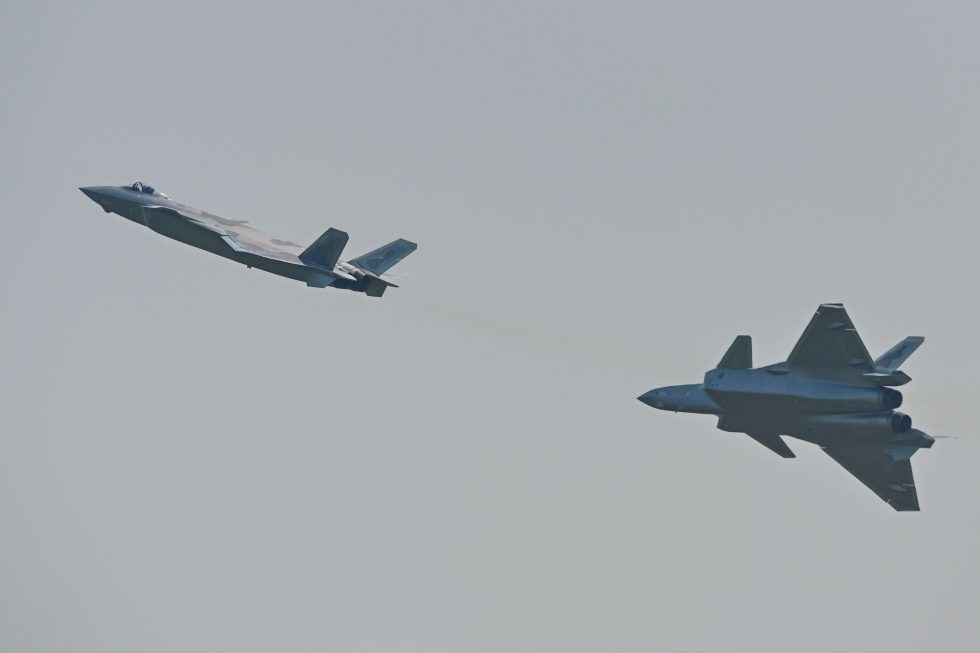

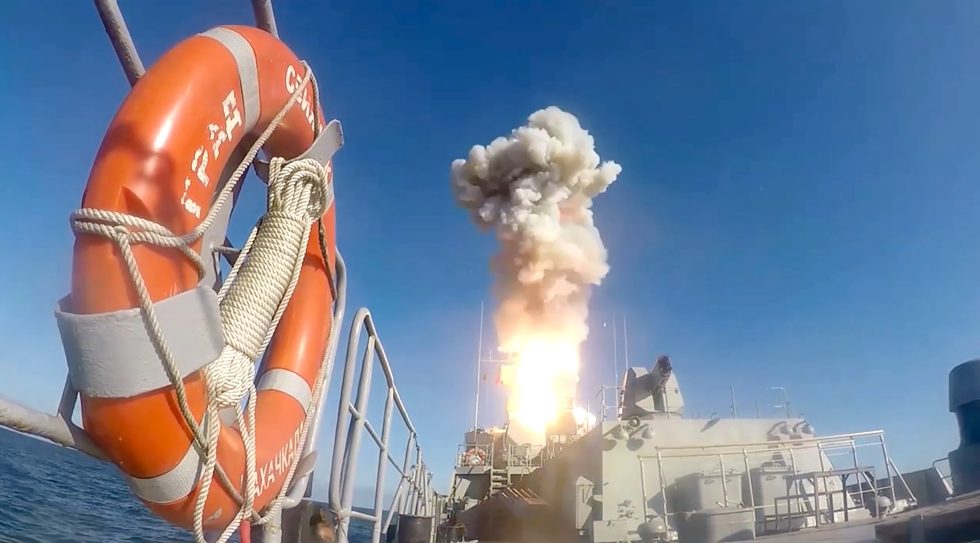
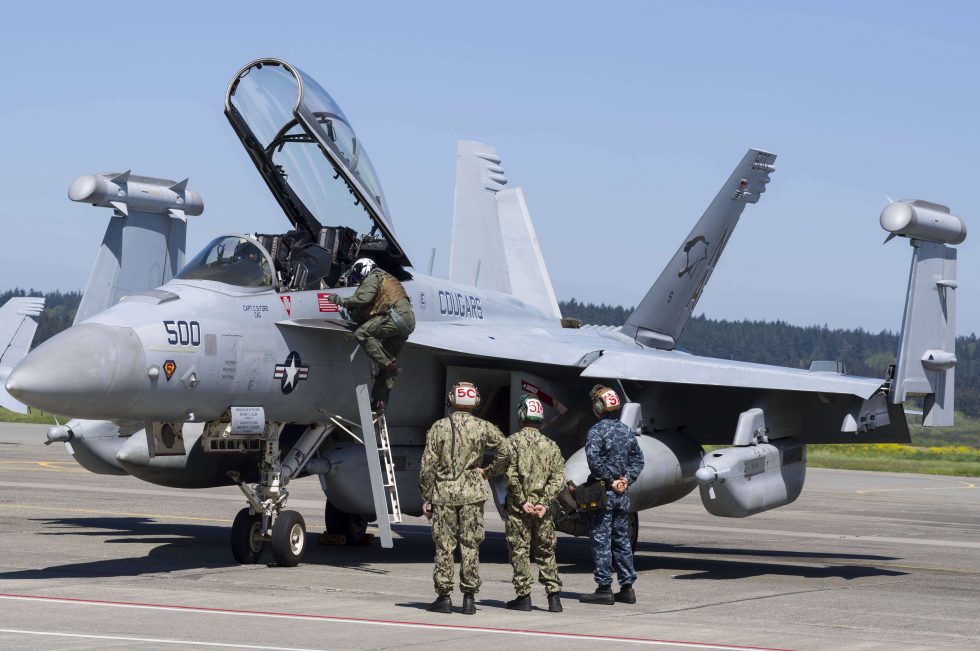
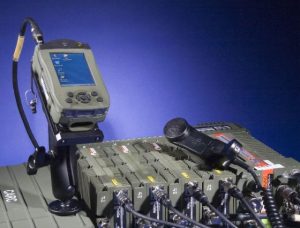

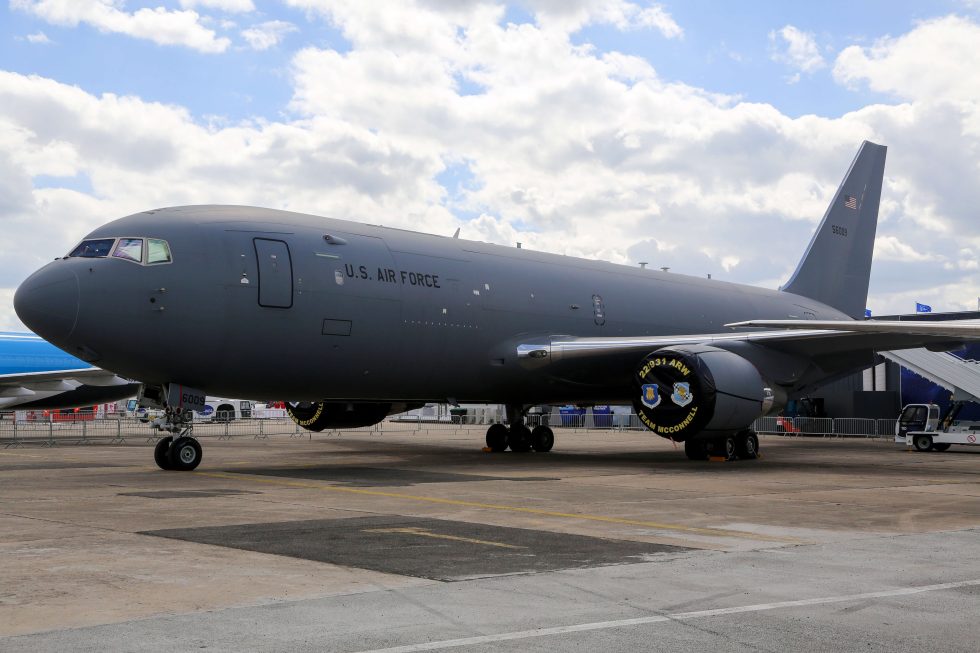


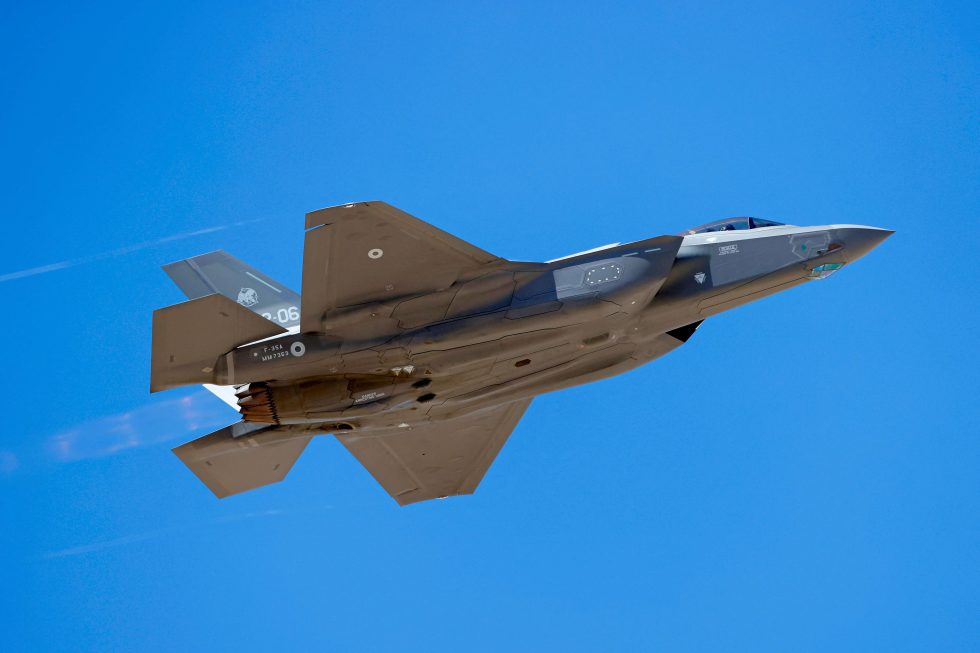
No comments:
Post a Comment